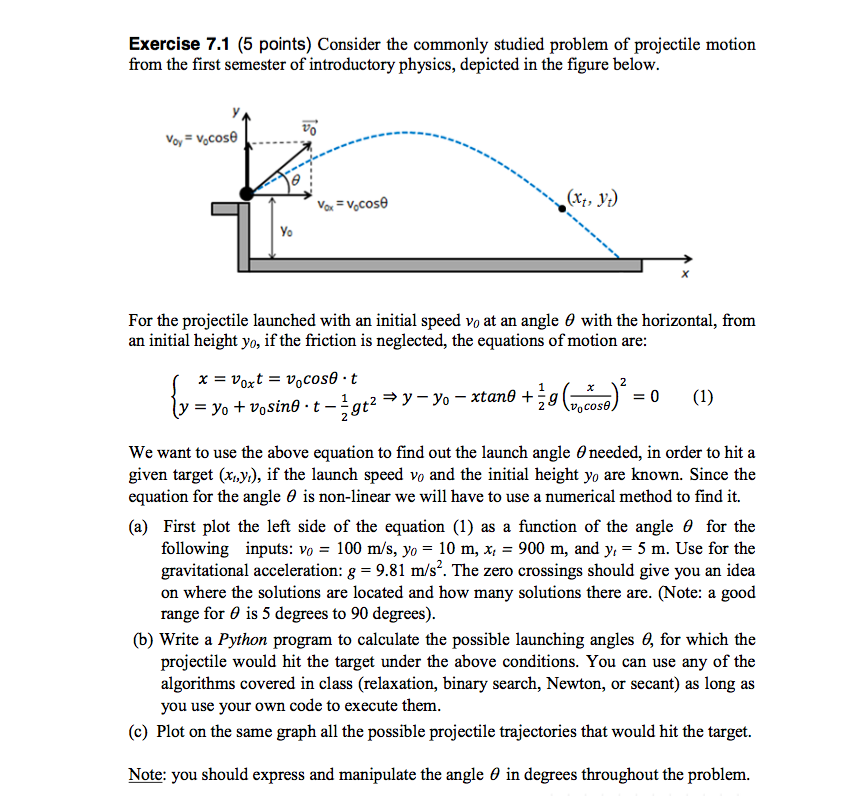

Solution: When an object moves around a circular path at a constant speed, the only acceleration it experiences is centripetal acceleration or radial acceleration. (b) The net force acting upon the object causing this acceleration. (a) The magnitude and direction of the acceleration of the object. This is an example of a twobody constrained kinematics problem. These problems often start with an object rolled off a table, being thrown horizontally, or dropped by. Horizontal projectile motion math problems start with an object in the air beginning with only horizontal velocity.

To find the displacement from the initial position where the ball turns around, we find the kinematics. Since X and Y velocity is independent, start projectile motion problem with a separate X and Y givens list as seen here. In order to jump off the scales you will. Problem (1): A 5-kg object moves around a circular track with a radius of 18 cm at a constant speed of 6 m/s. Notice that the acceleration is a constant of the motion it has the same value in both parts of the problem. This problem is a combination of a rotational kinematics problem with a projectile motion problem. These questions on circular motion are beneficial for students in high school and college. In the following, some problems on uniform circular motion are provided with detailed answers. Uniform Circular Motion Problems with Answers Projectile Motion: Practice Problems & Solutions An object is projected horizontally at 8.0 m/s from the top of a 122.5 m cliff.


 0 kommentar(er)
0 kommentar(er)
